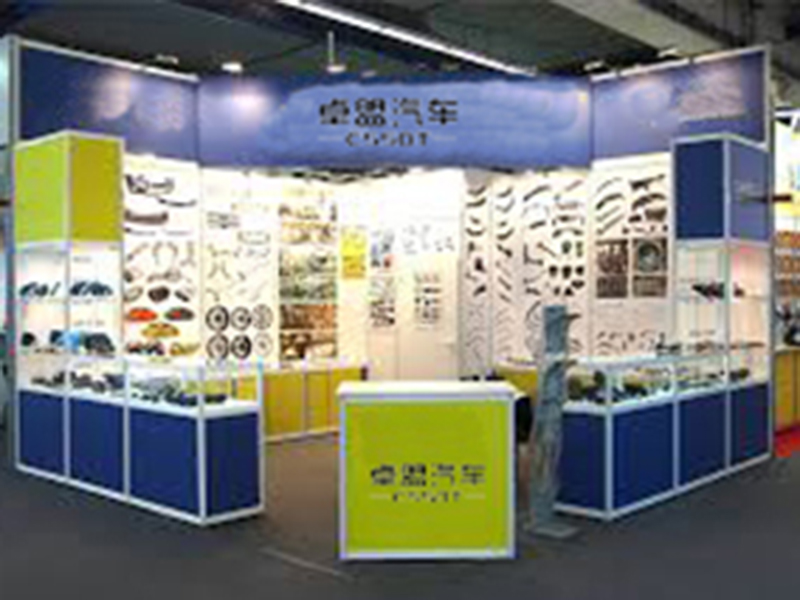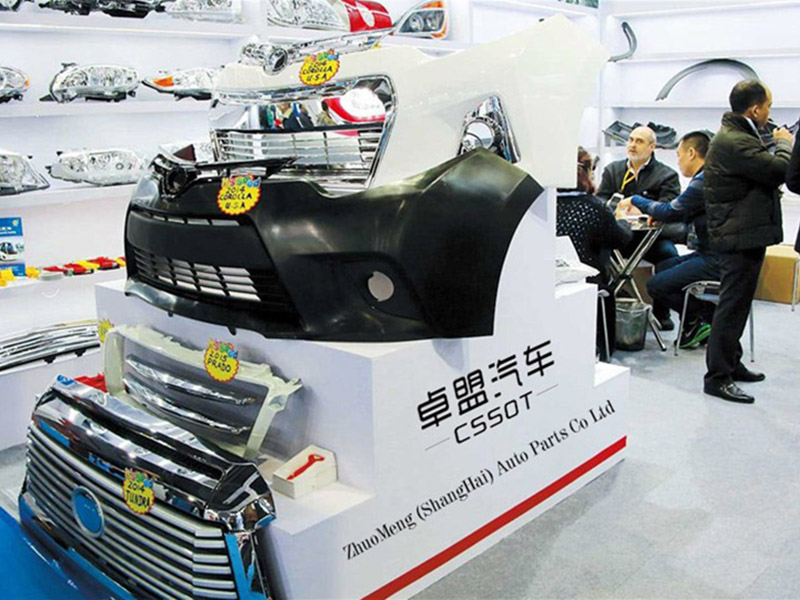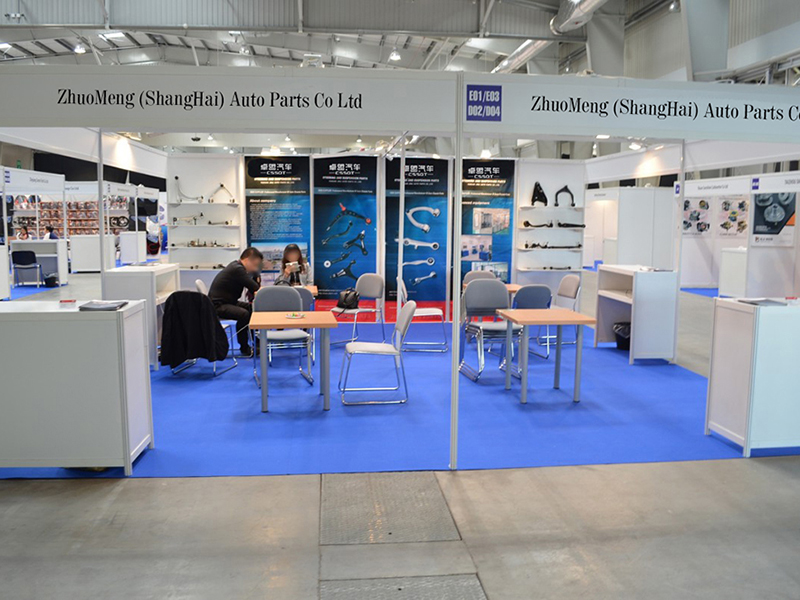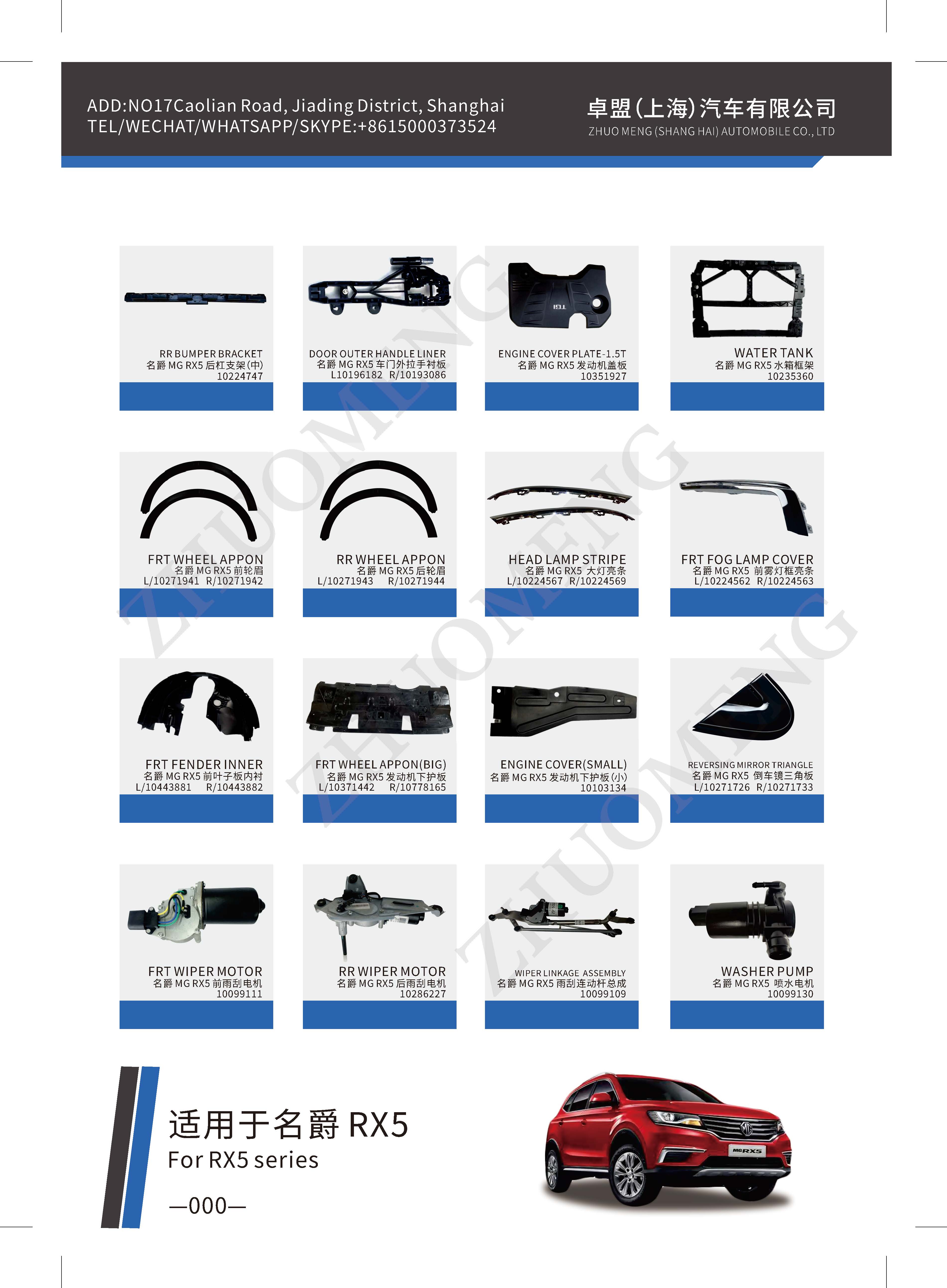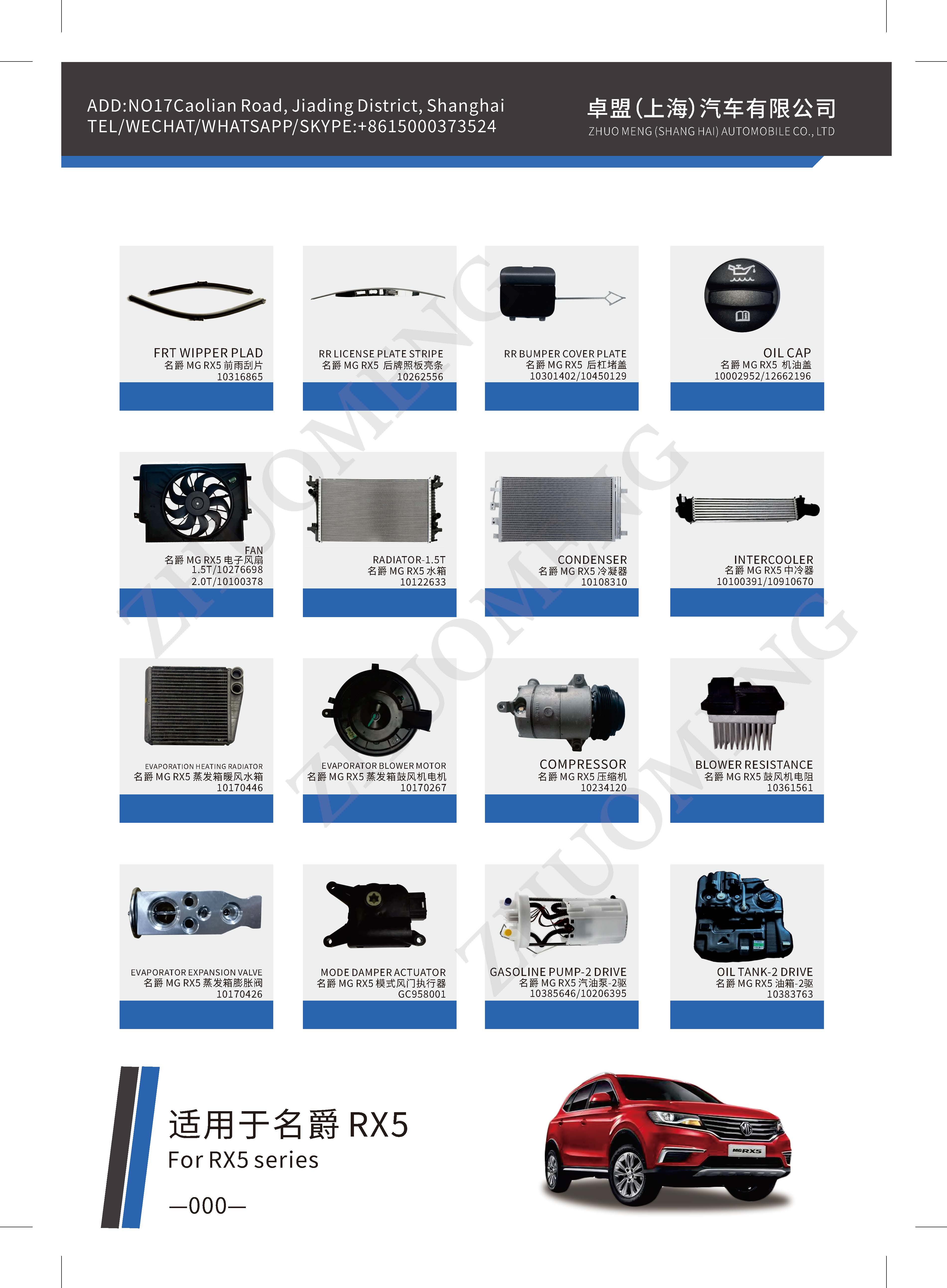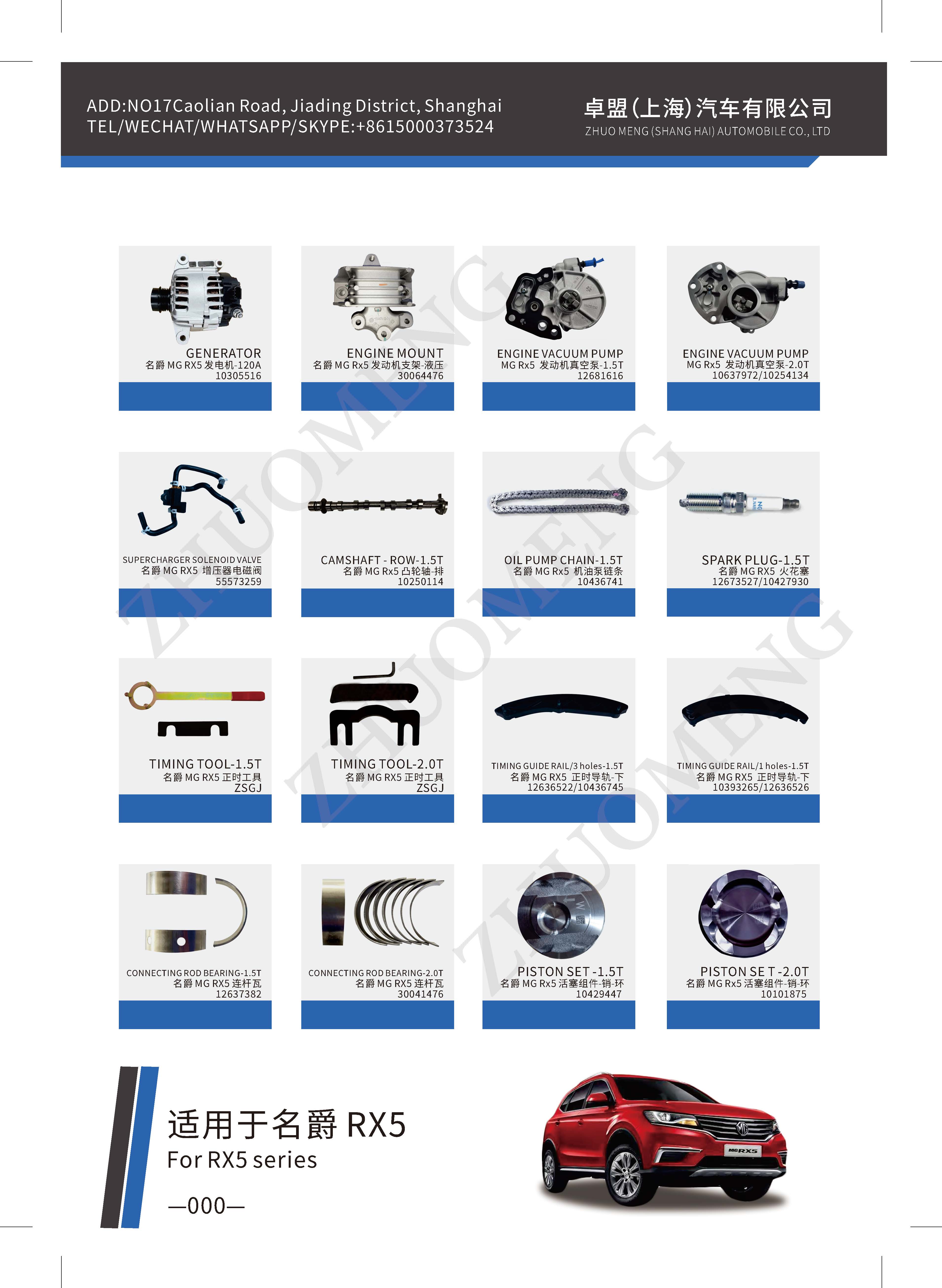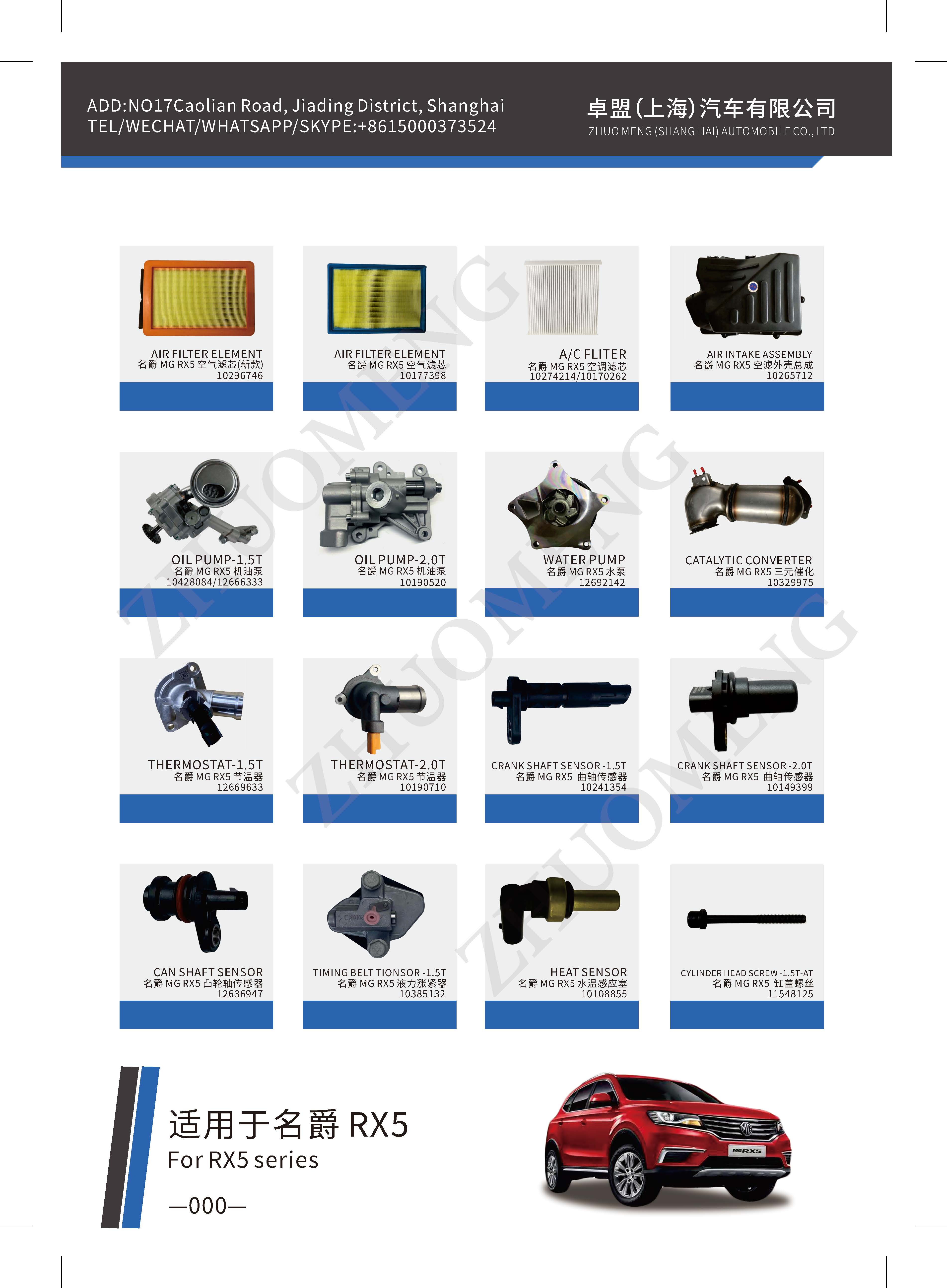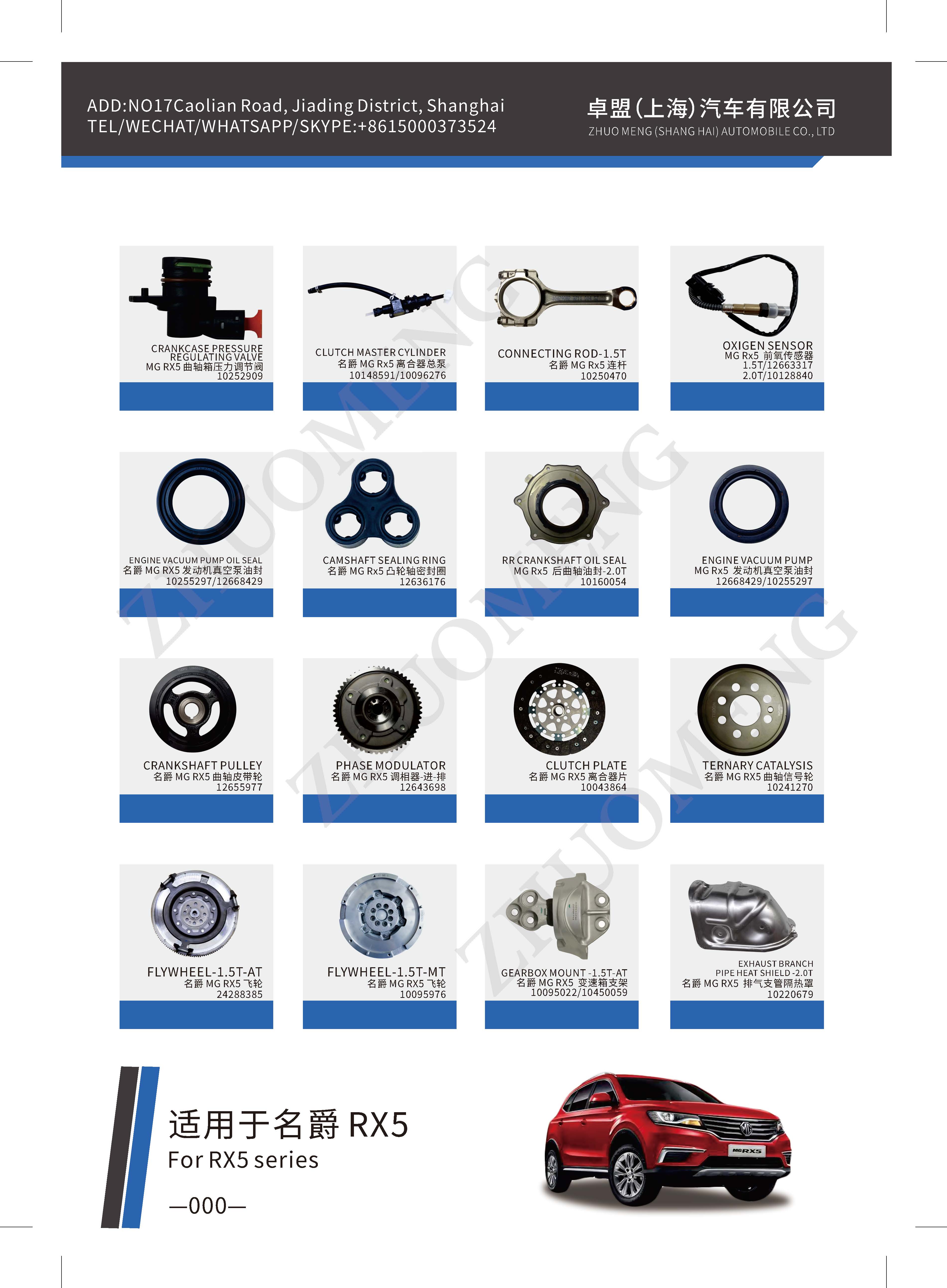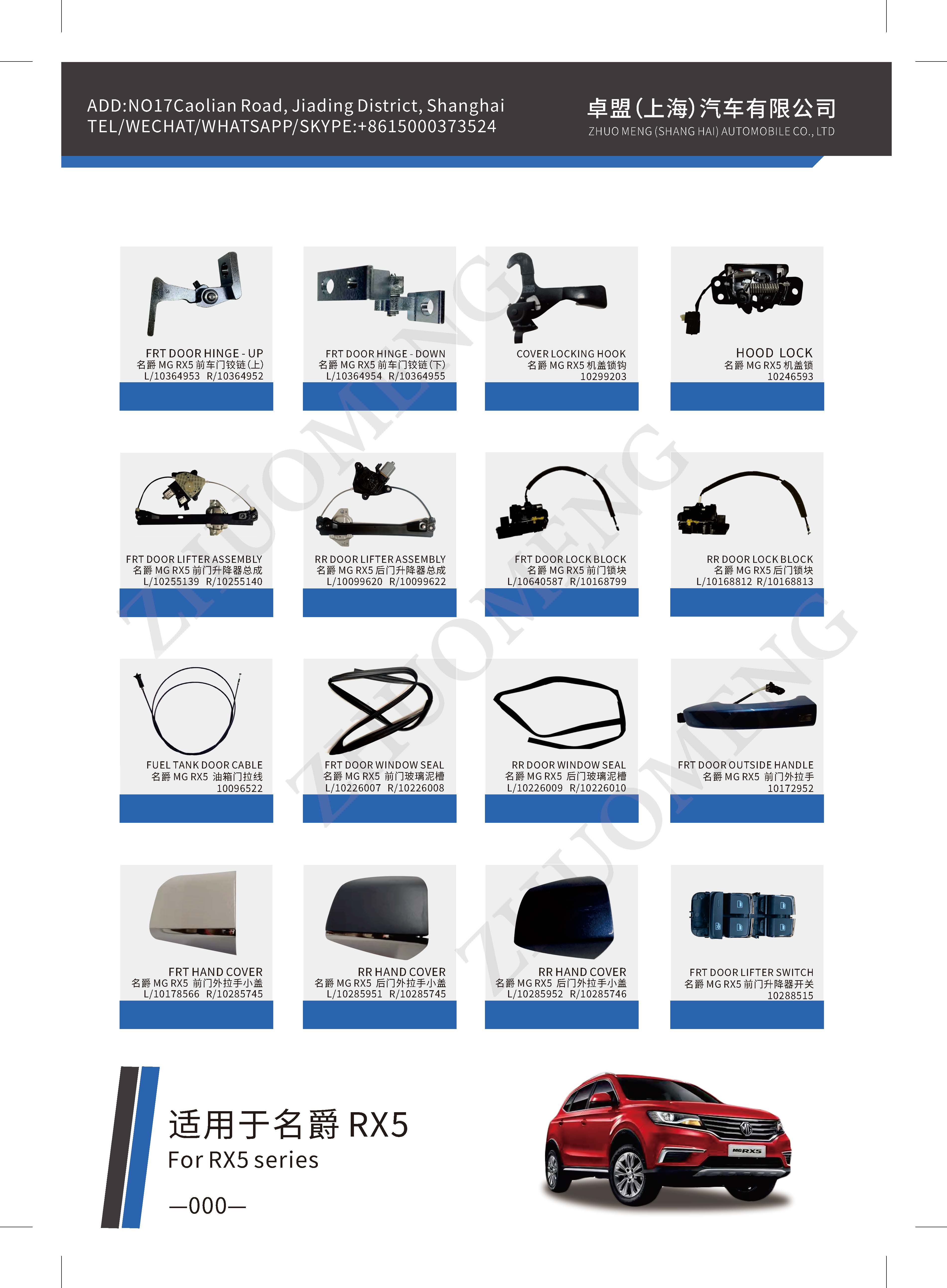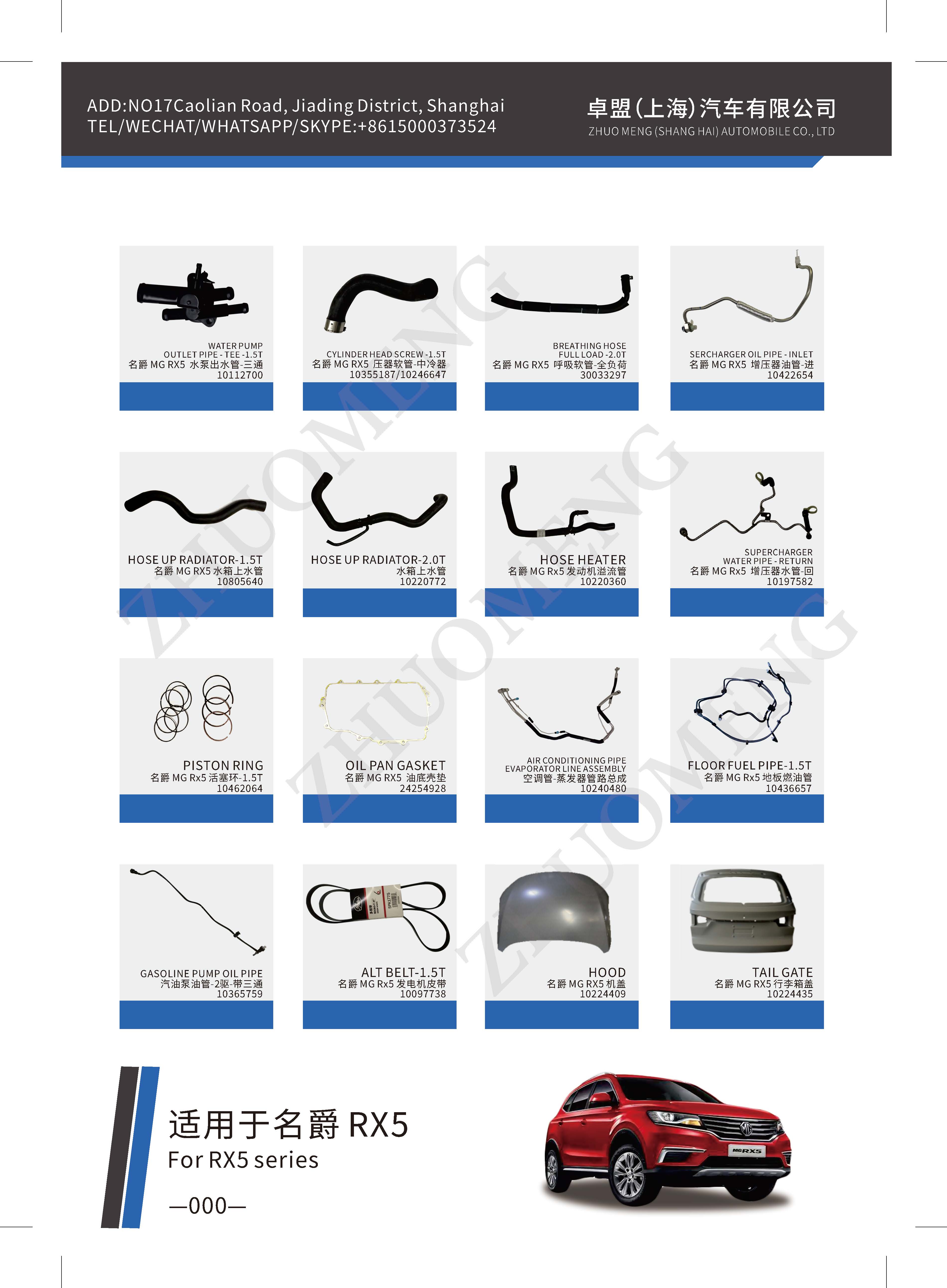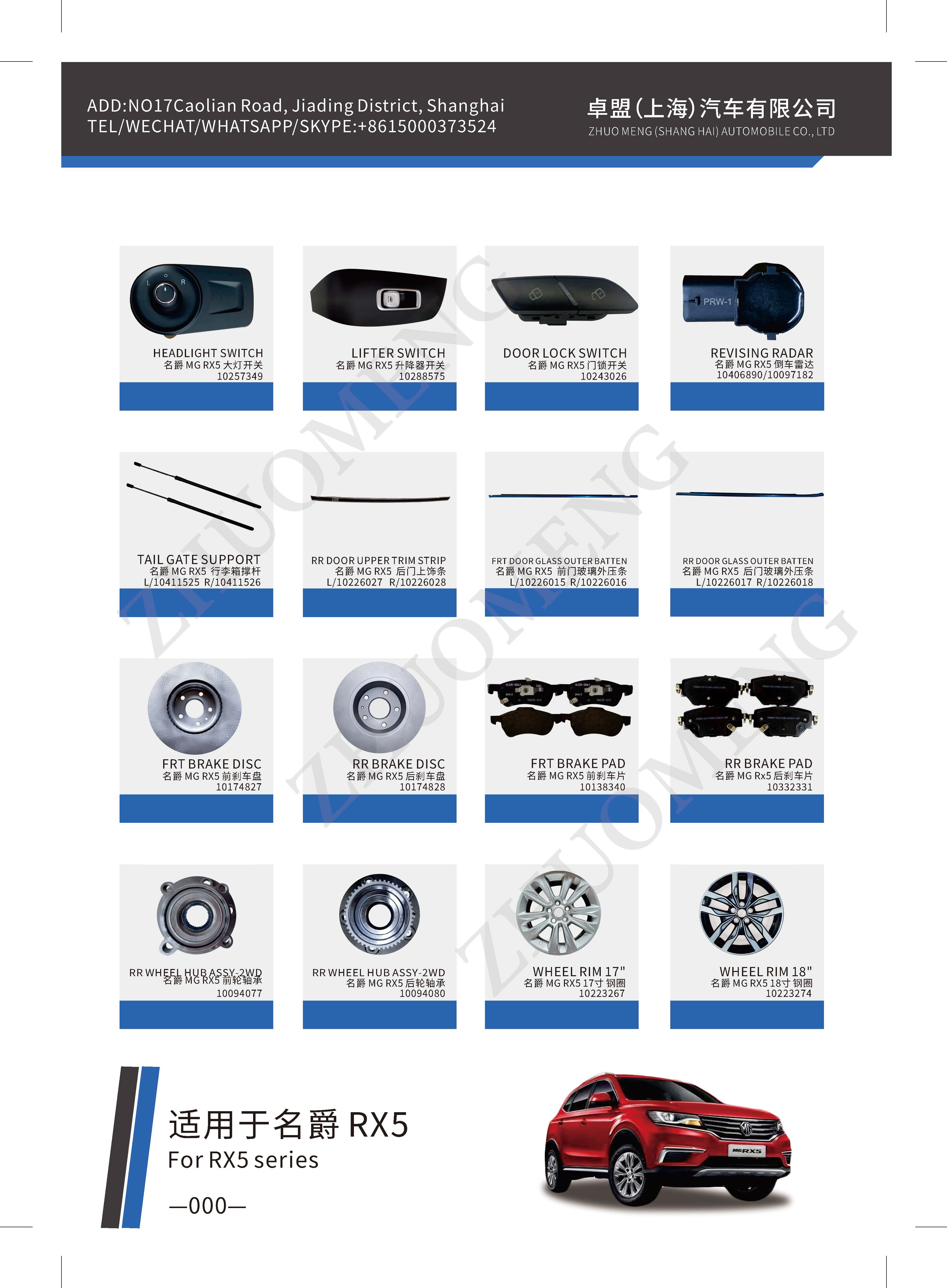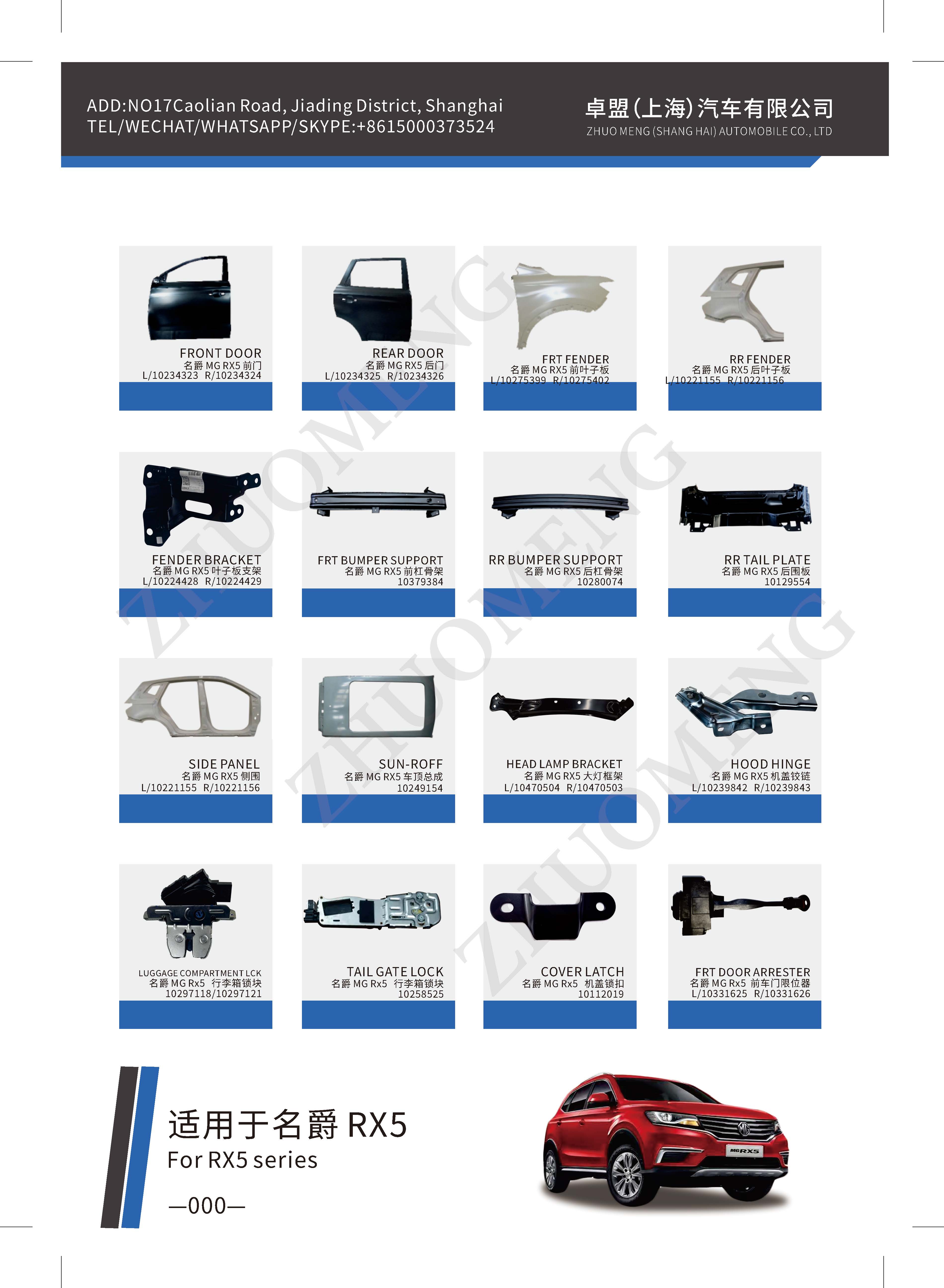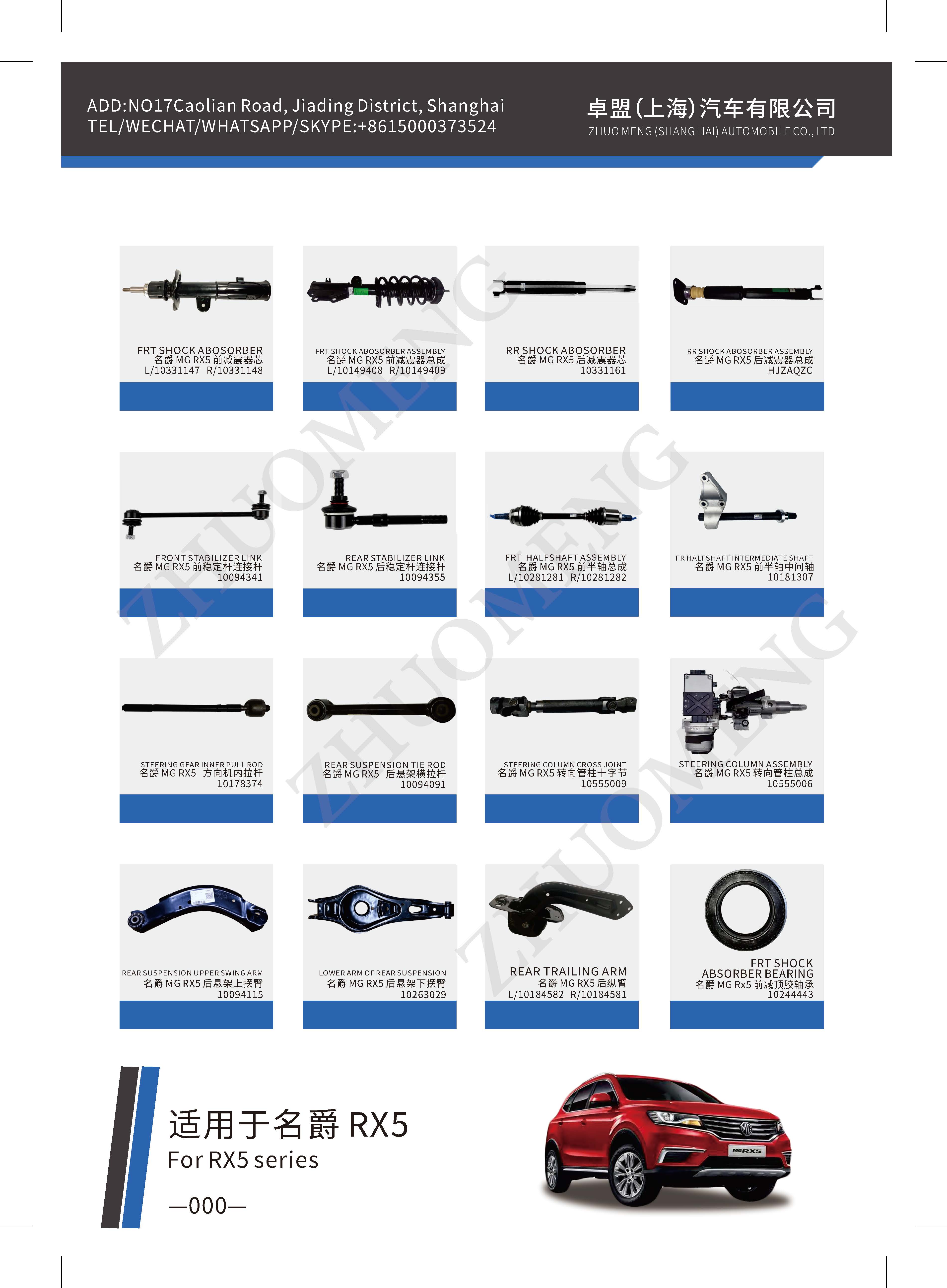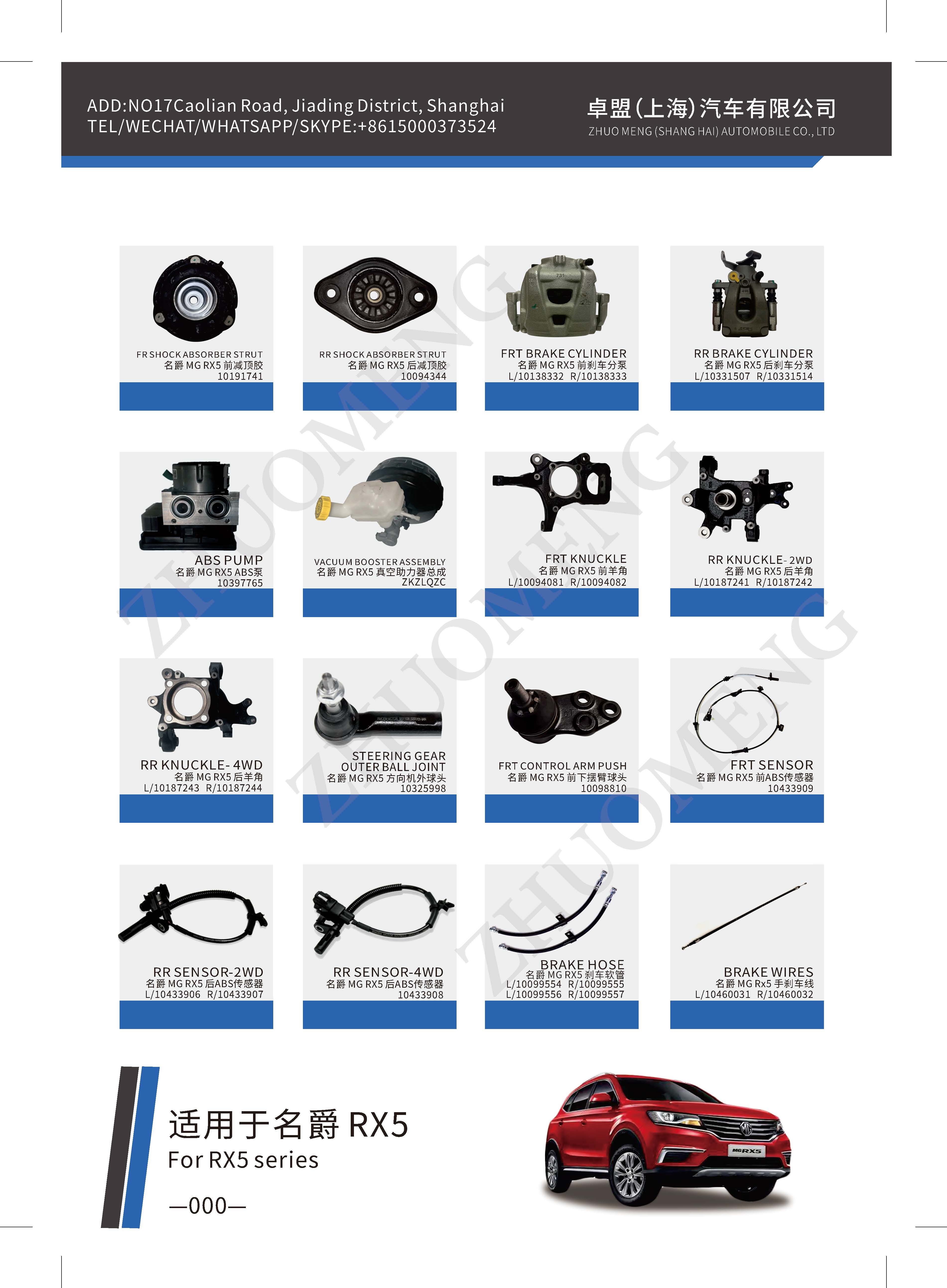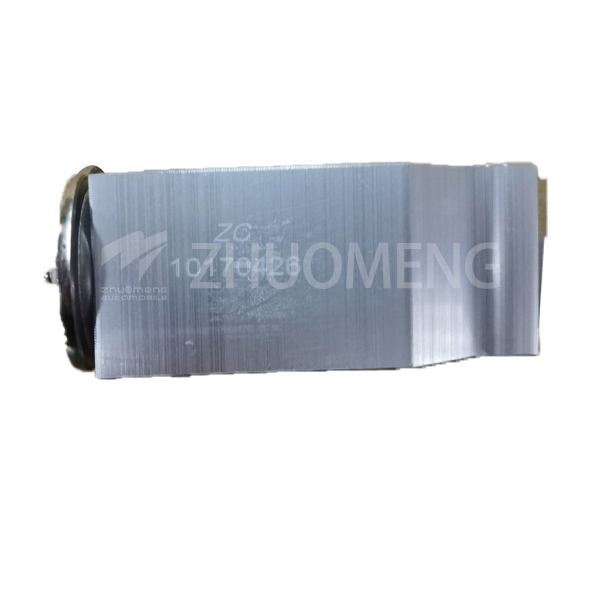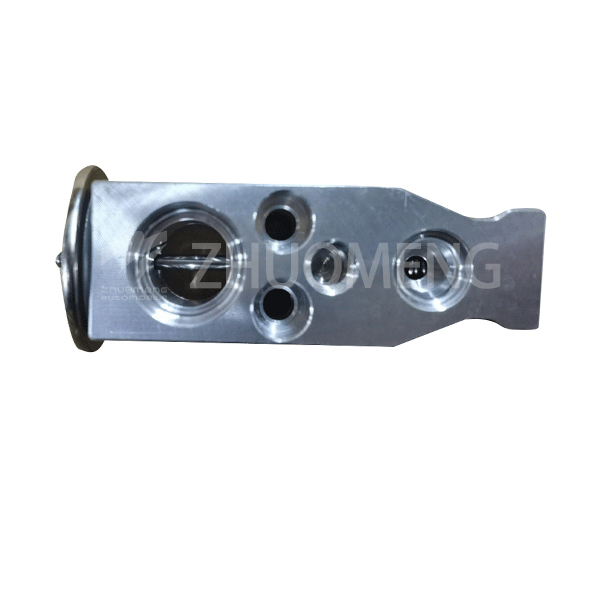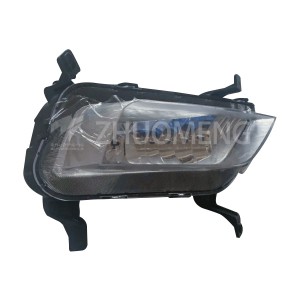Expansion valve is an important part of refrigeration system, usually installed between the liquid storage cylinder and the evaporator. The expansion valve makes the liquid refrigerant at medium temperature and high pressure become wet steam at low temperature and low pressure through its throttling, and then the refrigerant absorbs heat in the evaporator to achieve the refrigeration effect. The expansion valve controls the valve flow through the superheat change at the end of the evaporator to prevent the underutilization of the evaporator area and the phenomenon of knocking the cylinder
Simply put, the expansion valve is composed of body, temperature sensing package and balance tube
The ideal working state of the expansion valve should be to change the opening in real time and control the flow rate with the change of the evaporator load. But in fact, due to the hysteresis of heat transfer in the temperature sensing envelope, the response of the expansion valve is always half a beat slow. If we draw a time-flow diagram of an expansion valve, we will find that it is not a smooth curve, but a wavy line. The quality of the expansion valve is reflected in the amplitude of the wave. The larger the amplitude, the slower the reaction of the valve and the worse the quality
